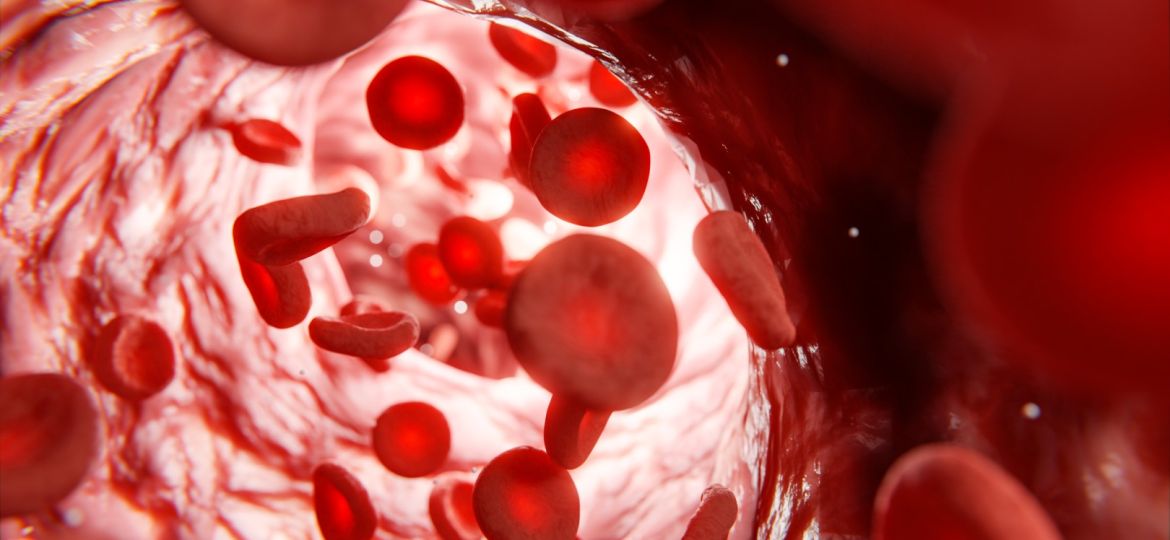
Arterial aneurysms, a hidden and often silent threat, can develop over many years before presenting danger. Yet, with early detection and expert care, they’re manageable—and sometimes preventable. In this article, we’ll explore what arterial aneurysms are, why they matter, and how Sonoran Vein & Endovascular uses advanced, minimally invasive techniques to safeguard your vascular health.
What Is an Arterial Aneurysm?
An arterial aneurysm is a localized dilation of an artery—typically defined as an increase in diameter of at least 50 percent compared to its normal size. These bulges occur due to a weakened vessel wall, often remaining asymptomatic until they pose a serious risk.
Where Do Arterial Aneurysms Occur?
Though aneurysms can appear anywhere in the body, some areas are more prone:
- Abdominal Aortic Aneurysm (AAA): The most common type, occurring in the lower part of the aorta. AAAs are often silent until rupture, which can be fatal.
- Thoracic Aortic Aneurysm: Found in the chest portion of the aorta; less common than AAAs.
- Cerebral (Intracranial) Aneurysm: Forms in an artery of the brain and can cause hemorrhagic stroke if ruptured.
- Peripheral Aneurysms: Occur in arteries such as the popliteal artery behind the knee.
- Pseudoaneurysms: Also known as false aneurysms; these result from blood escaping the vessel wall but being contained by surrounding tissues—often following trauma or procedures.
What Causes the Weakening of Arteries?
Several factors contribute to aneurysm formation:
- Aging and Atherosclerosis: Plaque buildup undermines vessel walls.
- High Blood Pressure: Chronic hypertension strains arterial walls.
- Smoking & Family History: Strong risk factors for AAAs.
- Genetic & Connective Tissue Disorders: Conditions like Marfan or Ehlers-Danlos increase risk.
- Infection (Mycotic Aneurysms): Bacterial infections can weaken arterial walls.
- Trauma or Procedural Injury: Particularly in pseudoaneurysms.
How Are Arterial Aneurysms Detected?
Early diagnosis saves lives. Sonoran Vein & Endovascular emphasizes advanced diagnostic tools:
- Ultrasound Imaging: A cornerstone in aneurysm detection, especially for AAAs.
- CT/MR Angiography: Offers detailed mapping and sizing of aneurysms.
- Regular Screening: Recommended for high-risk groups—men aged 65–75 who have smoked, for example.
- Comprehensive Risk Assessments: Sonoran’s approach includes individualized screening, evaluating risk factors such as smoking, age, family history, and vascular health.
Treatment and Management Options
The right intervention depends on aneurysm type, size, and risk:
- Surveillance: Small or stable aneurysms may be monitored via imaging over time.
- Endovascular Repair (EVAR): A minimally invasive option using stent grafts—especially effective for AAAs.
- Open Surgical Repair: Reserved for complex cases not suitable for EVAR.
- False Aneurysm Solutions: Covered stents or ultrasound-guided thrombin injections are less invasive treatments for pseudoaneurysms.
- Preventive Treatments: Blood pressure and cholesterol management help reduce growth and rupture risk, though medications cannot stop aneurysm growth.
At Sonoran Vein & Endovascular, minimally invasive, endovascular treatments—including EVAR and stent-based approaches—are a preferred approach for many aneurysm cases.
Why Early Detection Matters
Catching aneurysms early allows for safer, less invasive treatment and helps avoid life-threatening outcomes:
- Prevent Rupture: The most critical complication—ruptures lead to internal bleeding and high mortality.
- Reduce Risk of Stroke or Embolism: In brain aneurysms, rupture causes hemorrhagic strokes with severe consequences.
- Improve Quality of Life: Early, minimally invasive interventions reduce recovery time and preserve vascular health.
- Lower Healthcare Costs: Preventing emergencies through early care is more cost-effective.
Moving Forward with Sonoran Vein & Endovascular
As a leader in arterial and venous patient care, Sonoran Vein & Endovascular stands out by:
- Offering advanced in-office vascular care with a focus on accessibility and education.
- Providing personalized screening and treatment plans, tailored to each patient’s risk profile.
- Employing minimally invasive, endovascular interventions to preserve vascular integrity and reduce recovery times.
Take control of your vascular health—don’t wait for symptoms to appear. Early screening and expert care can make all the difference.
Your Vascular Health Begins Here
Ready to learn more or schedule a screening? Contact us today at Sonoran Vein & Endovascular to take proactive steps toward protection and peace of mind.
















